Home>Ideas and Tips>Indoor African Violet Care Tips for Colorful Flowering Plants
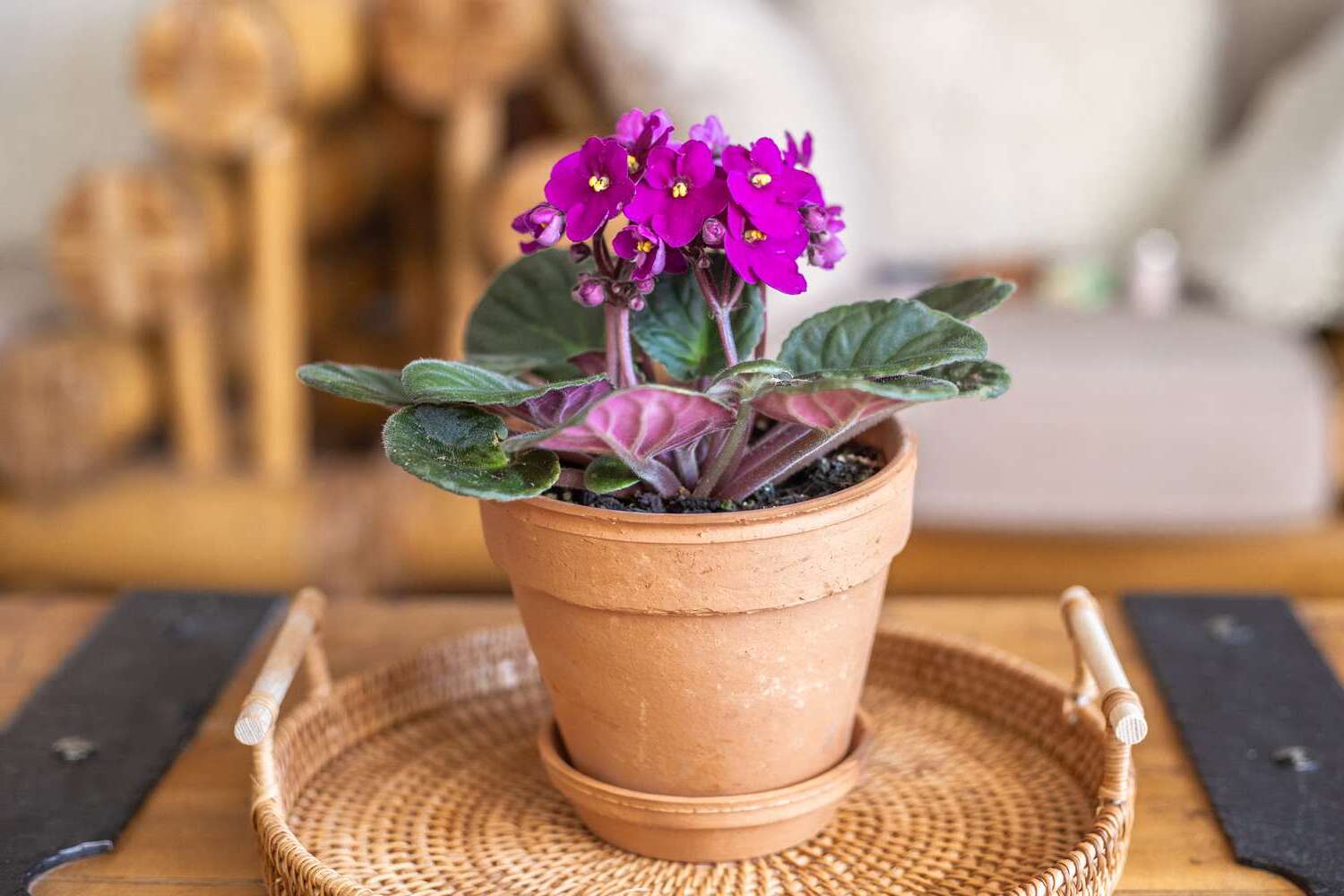

Ideas and Tips
Indoor African Violet Care Tips for Colorful Flowering Plants
Published: September 24, 2024
Discover essential tips for indoor African violet care to keep your colorful flowering plants thriving and blooming beautifully year-round.
(Many of the links in this article redirect to a specific reviewed product. Your purchase of these products through affiliate links helps to generate commission for Storables.com, at no extra cost. Learn more)
African violets are one of the most popular and beloved houseplants, known for their vibrant, delicate flowers and attractive foliage. These plants have been a staple in many homes for over a century, and their popularity endures due to their relatively low maintenance and the joy they bring with their continuous blooms. In this article, we will delve into the intricacies of caring for African violets, providing you with a comprehensive guide to ensure your plant thrives and blooms beautifully.
Introduction to African Violets
African violets (Saintpaulia ionantha) are native to the rocky outcrops of the Tanzanian jungle. They have been cultivated for over a century and come in a variety of leaf and flower colors. These plants are diminutive in size, typically growing to be 6 to 9 inches (15 to 23 cm) in height and spread, making them perfect for small spaces or indoor gardens.
Botanical Name and Varieties
The botanical name for African violets is Saintpaulia ionantha. Over the years, breeders have developed numerous varieties, each with unique characteristics such as different flower colors, shapes, and sizes. Some popular varieties include 'Artist’s Palette,' 'Everfloris Space Violets,' and 'Pueblo,' which offer a range of colors and bloom types.
Lighting Requirements
Lighting is one of the most critical factors in caring for African violets. These plants require bright but indirect light to bloom consistently. Direct sunlight can scorch the leaves and prevent flowering, so it's essential to place your African violet in a spot that receives filtered light.
Best Lighting Options
- North or East-Facing Windows: These windows provide the perfect amount of indirect light for African violets. The gentle, filtered light ensures that the leaves remain healthy and the flowers continue to bloom.
- Fluorescent or LED Lights: If natural light is limited, you can use fluorescent or LED lights to provide the necessary illumination. Place these lights 12 to 15 inches above the leaves to avoid burning them.
- Rotate Your Plant: To ensure even growth and light distribution, rotate your African violet ¼ every time you water. This simple step promotes healthy growth and prevents the leaves from becoming uneven.
Watering Tips
Watering is another crucial aspect of caring for African violets. These plants are sensitive to overwatering and require well-drained soil to thrive. Here are some tips for watering your African violet:
Read more: How To Make African Violet Soil Mix
Watering Methods
- Bottom Watering: This method is highly recommended for African violets. To bottom water, place the pot in a saucer filled with water and let it sit for about an hour. The plant will absorb the water through its drainage holes, ensuring that the leaves remain dry and preventing root rot.
- Top Watering with Caution: If you prefer top watering, use room temperature water and avoid getting the leaves wet. Use a thin-spouted watering can to minimize the risk of water reaching the leaves.
Water Quality
African violets are sensitive to chemicals in tap water, which can cause leaf spots. To avoid this issue, let tap water sit for two days to allow chlorine to evaporate before using it for watering. Alternatively, you can use rainwater or distilled water.
Soil Requirements
African violets require a specific type of soil to thrive. They need a well-drained, loose, and aerated potting mix that is designed for these plants.
Soilless Mix
Using a high-quality soilless potting mix is essential. This type of mix prevents the fine roots of the African violet from rotting in standing water or soggy soil. You can either purchase a specialty mix or create your own by mixing perlite, vermiculite, and peat moss.
Temperature and Humidity
African violets prefer a comfortable temperature range between 65 to 80 degrees Fahrenheit (18 to 26 Celsius) during the day and slightly cooler at night (around 5 to 10 degrees lower). They thrive in humid conditions, which can be achieved by placing the pot on a pebble tray with water or growing in a terrarium.
Maintaining Humidity
To maintain high humidity around your African violet:
- Place the pot on a pebble tray filled with water. The pebbles ensure that the soil doesn't get soggy.
- Use a terrarium: These closed environments maintain high humidity levels, creating an ideal environment for African violets.
Fertilization
Fertilizing your African violet regularly is crucial for its growth and blooming. Use a balanced fertilizer specifically formulated for African violets, and dilute it to one-quarter strength to avoid burning the roots.
Fertilizer Schedule
- Spring and Summer: Fertilize every two weeks during these seasons when the plant is actively growing.
- Avoid Bloom Boosters: These can be hard on the plant and may cause more harm than good.
Pruning and Deadheading
Pruning and deadheading are essential steps in maintaining the health and appearance of your African violet.
Pruning
- Remove Old Leaves: Prune the outer ring of older leaves as they fade or turn brown. This process encourages new growth and keeps the plant looking healthy.
- Deadheading: Pinch off wilted blooms to encourage more flowering. This process frees up energy for the plant to produce new flowers.
Common Problems and Solutions
African violets are susceptible to several problems, including root rot, mildew, pests, and lack of flowering.
Root Rot
Root rot occurs due to overwatering. To avoid this:
- Ensure good drainage by using a well-drained potting mix.
- Avoid getting water on the leaves or crown of the plant.
Mildew
Mildew can be controlled by:
- Removing infected leaves.
- Lowering humidity and increasing air circulation around the plant.
Pests
Common pests include mealybugs, mites, aphids, and thrips. To control these:
- Use mild soapy water to rinse off thrips.
- Dab mealybugs with swabs dipped in alcohol or spray with a mixture of neem oil and liquid Castille soap.
Lack of Flowering
If your African violet stops blooming:
- Check if it's receiving enough light (at least 12 hours of bright but indirect light).
- Ensure the temperature is within the ideal range (65 to 80 degrees Fahrenheit).
- Avoid overfertilizing or underfertilizing.
Repotting
Repotting your African violet annually is important for its health and growth. Here’s how to do it:
Choosing the Right Container
- Good Drainage: The pot should have multiple drainage holes to prevent waterlogged soil.
- Light Soil: Use a light soil or soilless mix that drains easily.
Repotting Process
- Wait for the Right Time: Repot in the spring when the plant is actively growing.
- Gently Remove Old Potting Mix: Carefully remove the old potting mix from the roots without damaging them.
- Trim Old Roots: Trim any old or damaged roots to encourage new growth.
- Add Fresh Potting Mix: Fill the new pot with fresh potting mix, leaving enough space for the roots to grow.
Encouraging Blooms
Encouraging your African violet to bloom consistently involves creating an ideal environment and following some specific tips:
Ideal Environment
- Light: Ensure your plant receives bright but indirect light for at least 12 hours a day.
- Temperature: Maintain a comfortable temperature range between 65 to 80 degrees Fahrenheit during the day and slightly cooler at night.
- Humidity: Keep high humidity levels by placing the pot on a pebble tray or in a terrarium.
Additional Tips
- Deadheading: Regularly remove wilted blooms to encourage more flowering.
- Fertilize Regularly: Use a balanced fertilizer specifically formulated for African violets, diluted to one-quarter strength.
Conclusion
Caring for an African violet requires attention to detail but is not overly complicated. By following these tips—ensuring proper lighting, watering, soil conditions, temperature, humidity, fertilization, pruning, and addressing common problems—you can keep your African violet thriving and blooming beautifully all year round. With patience and the right care, these colorful flowering plants will bring joy and beauty to any indoor space.
By following this comprehensive guide, you'll be well on your way to becoming an expert in caring for these lovely houseplants. Remember that every plant is unique, so observe your African violet closely and adjust your care routine accordingly. With time and practice, you'll find that these plants reward you with continuous blooms and vibrant colors, making them a delightful addition to any home or office.
Was this page helpful?
At Storables.com, we guarantee accurate and reliable information. Our content, validated by Expert Board Contributors, is crafted following stringent Editorial Policies. We're committed to providing you with well-researched, expert-backed insights for all your informational needs.
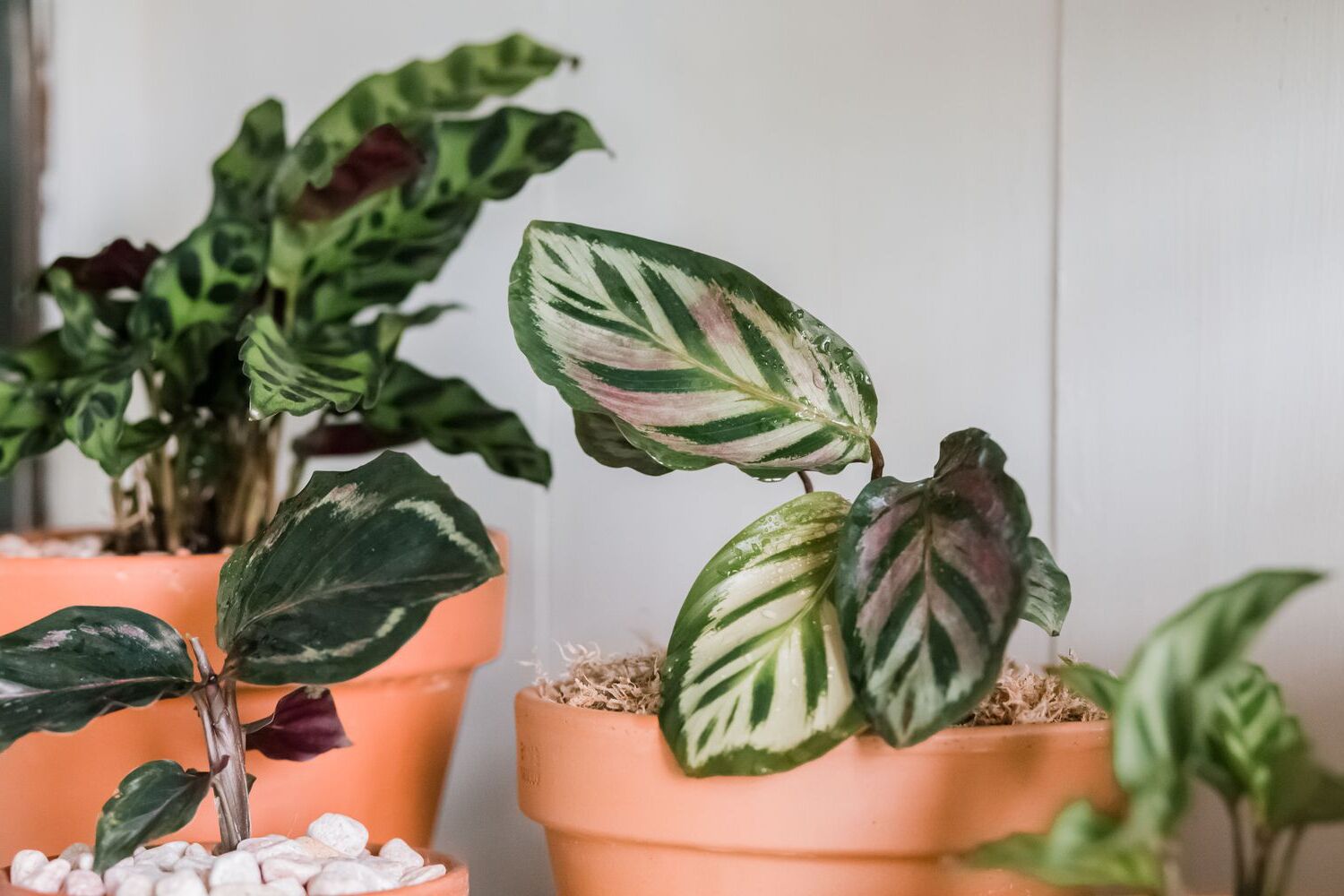
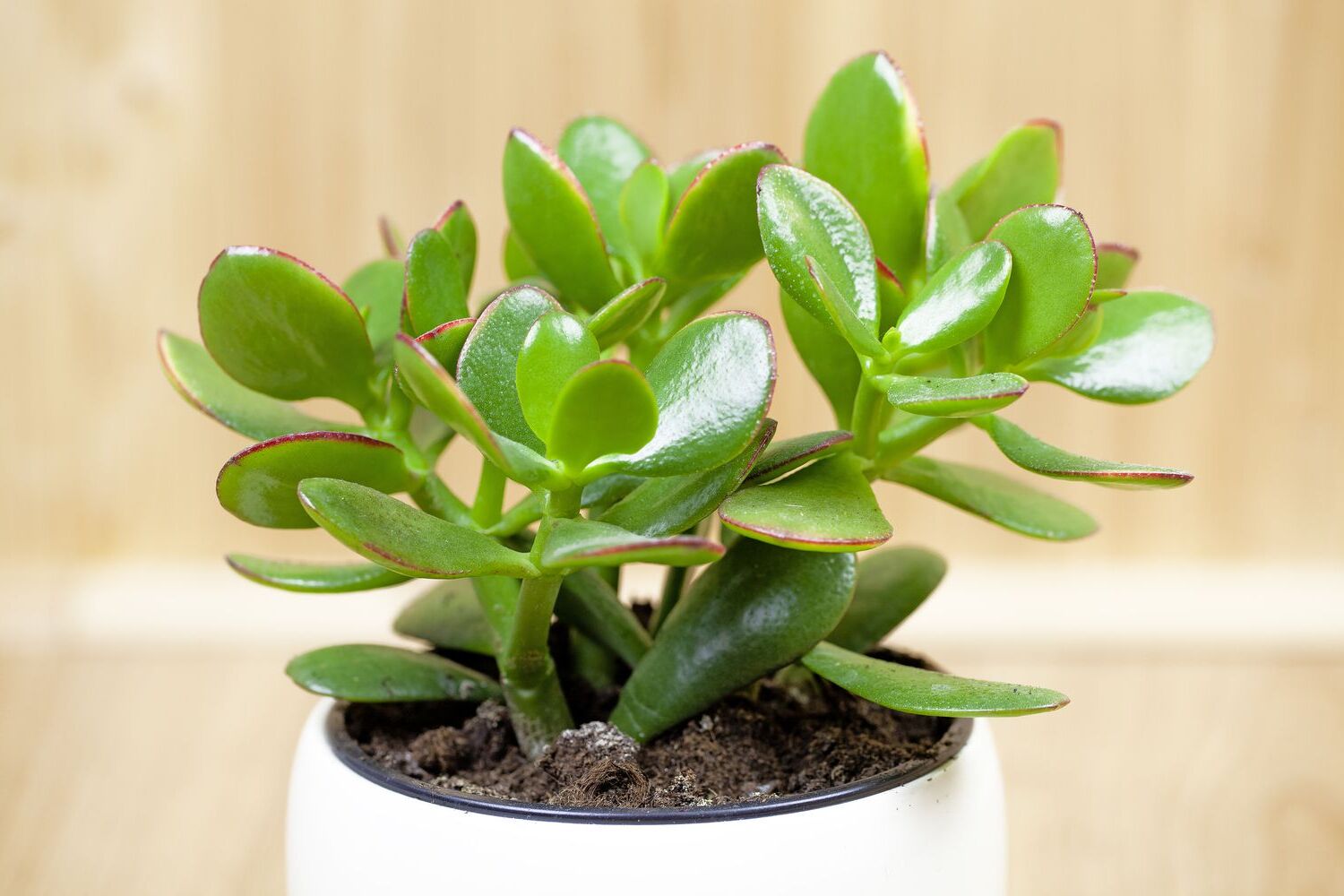
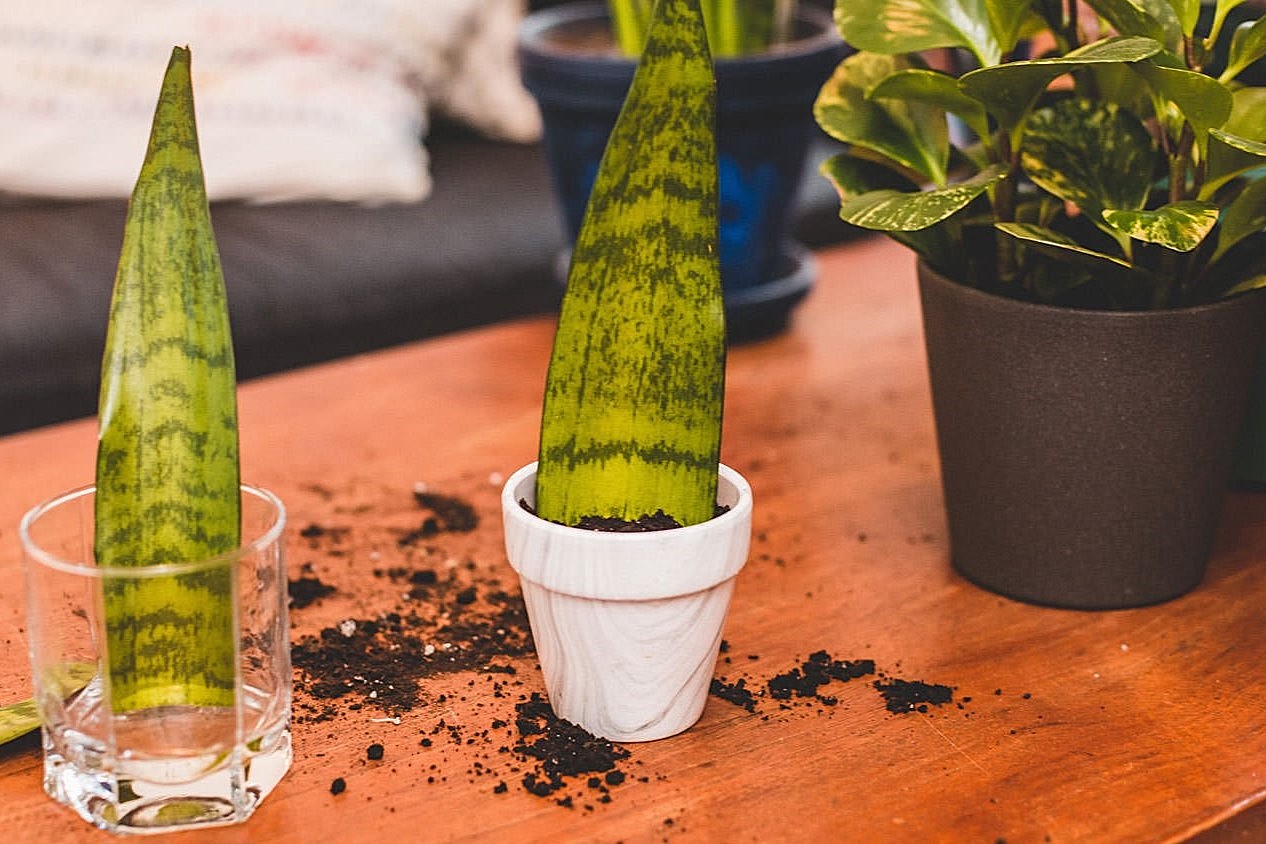
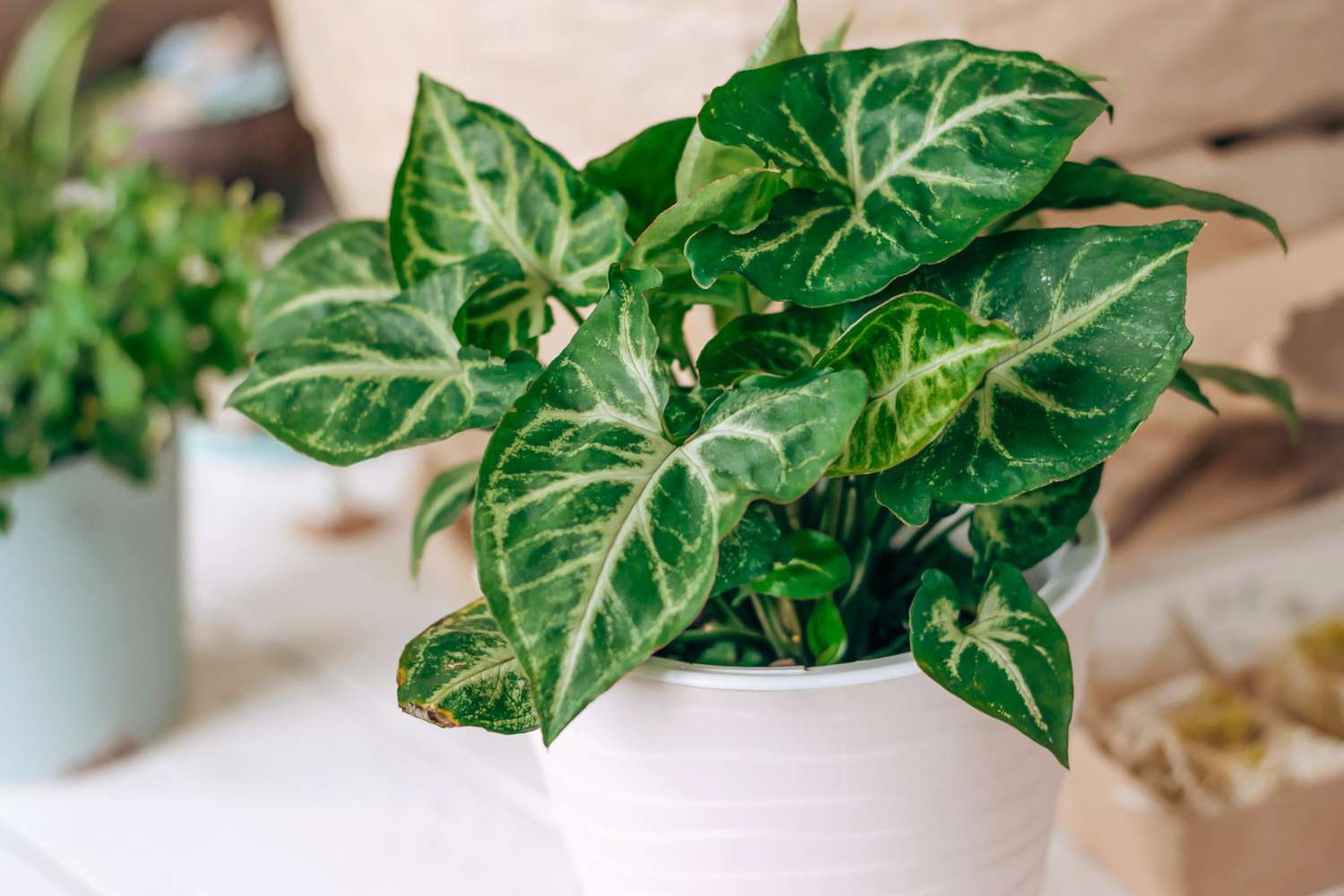
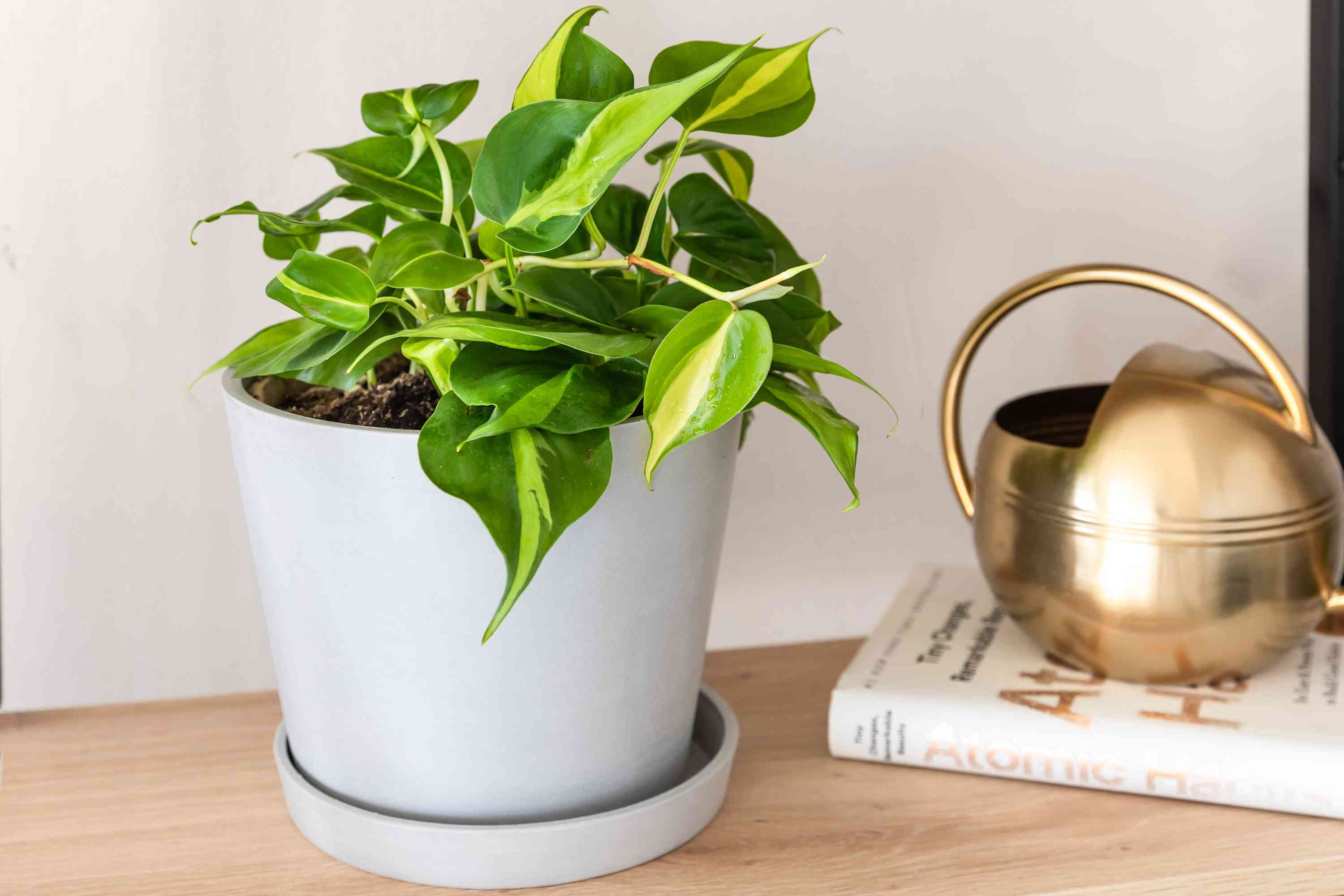
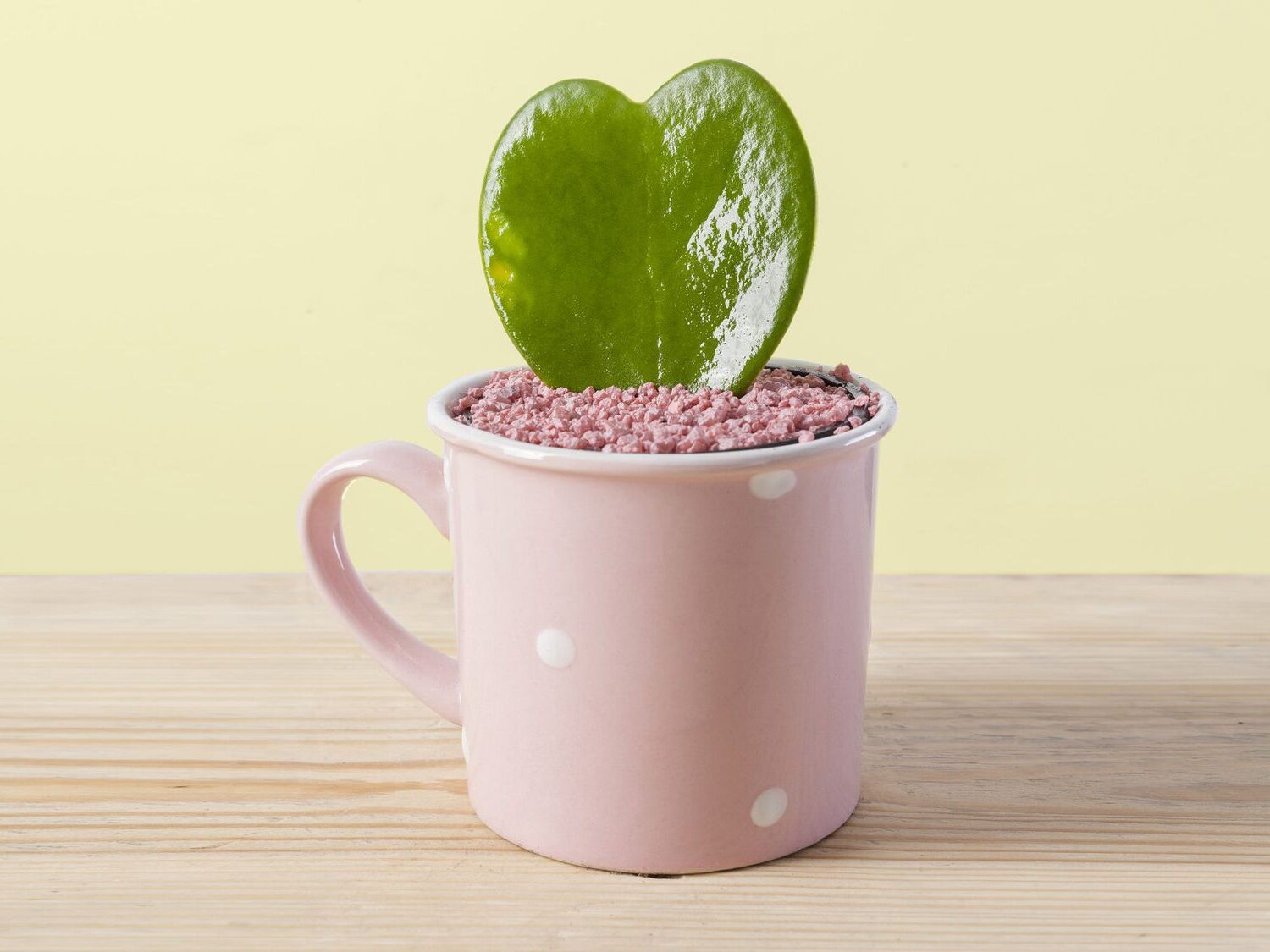
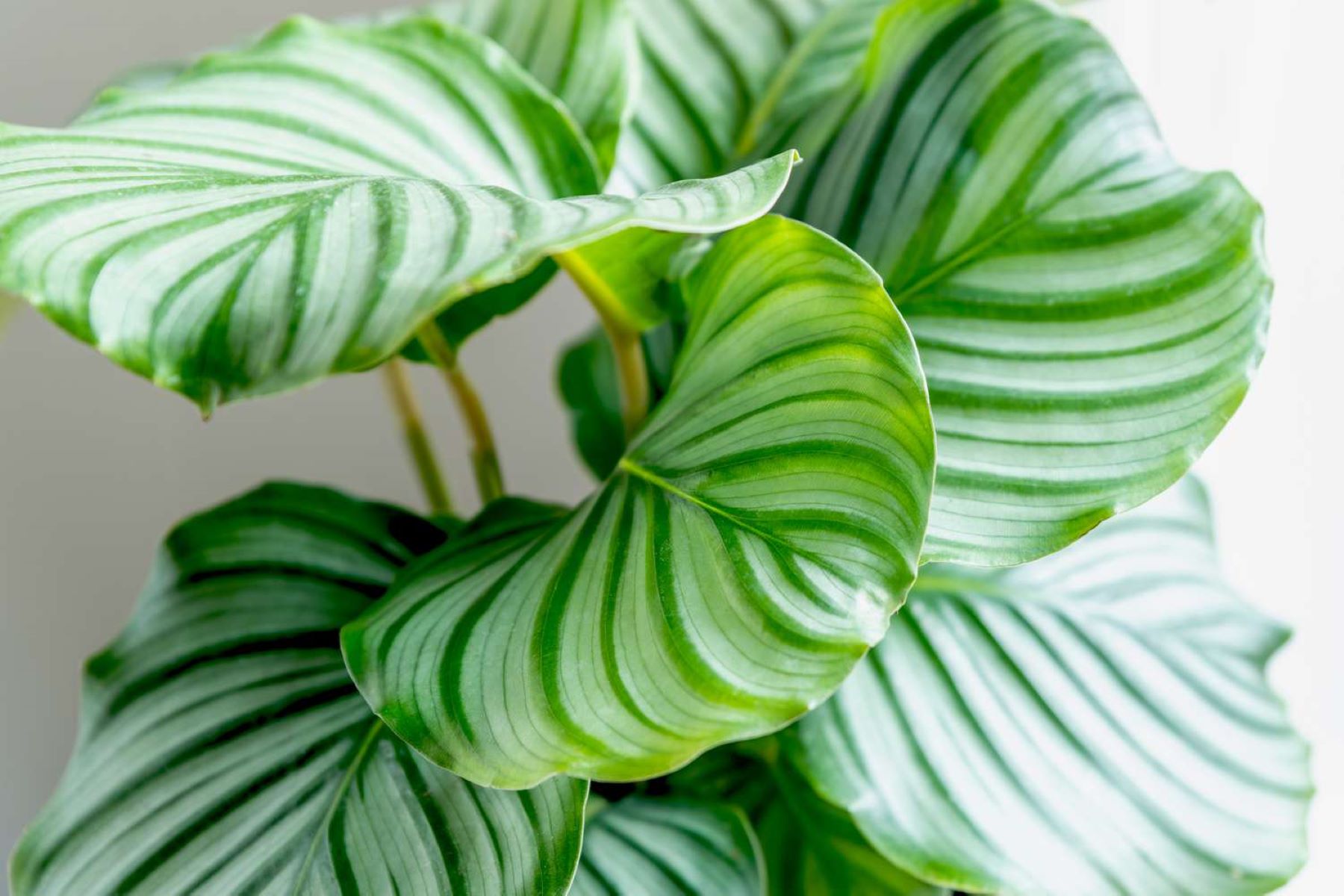
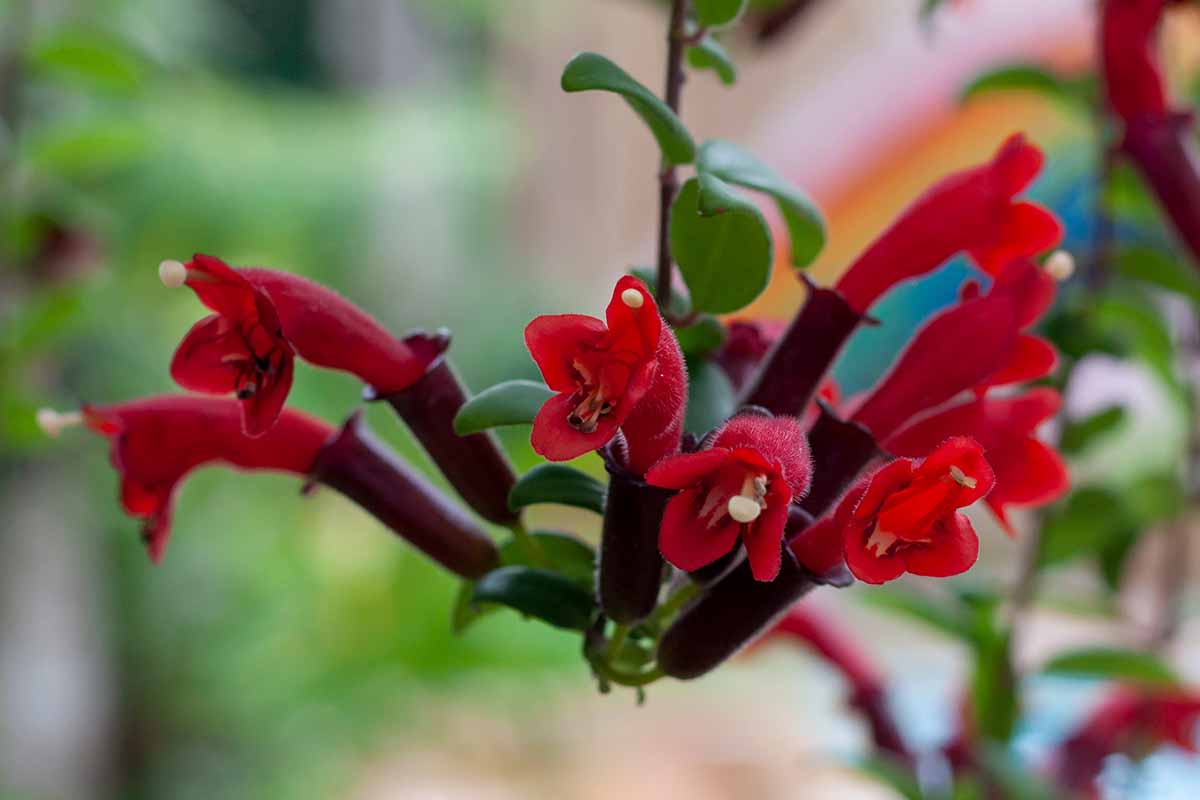
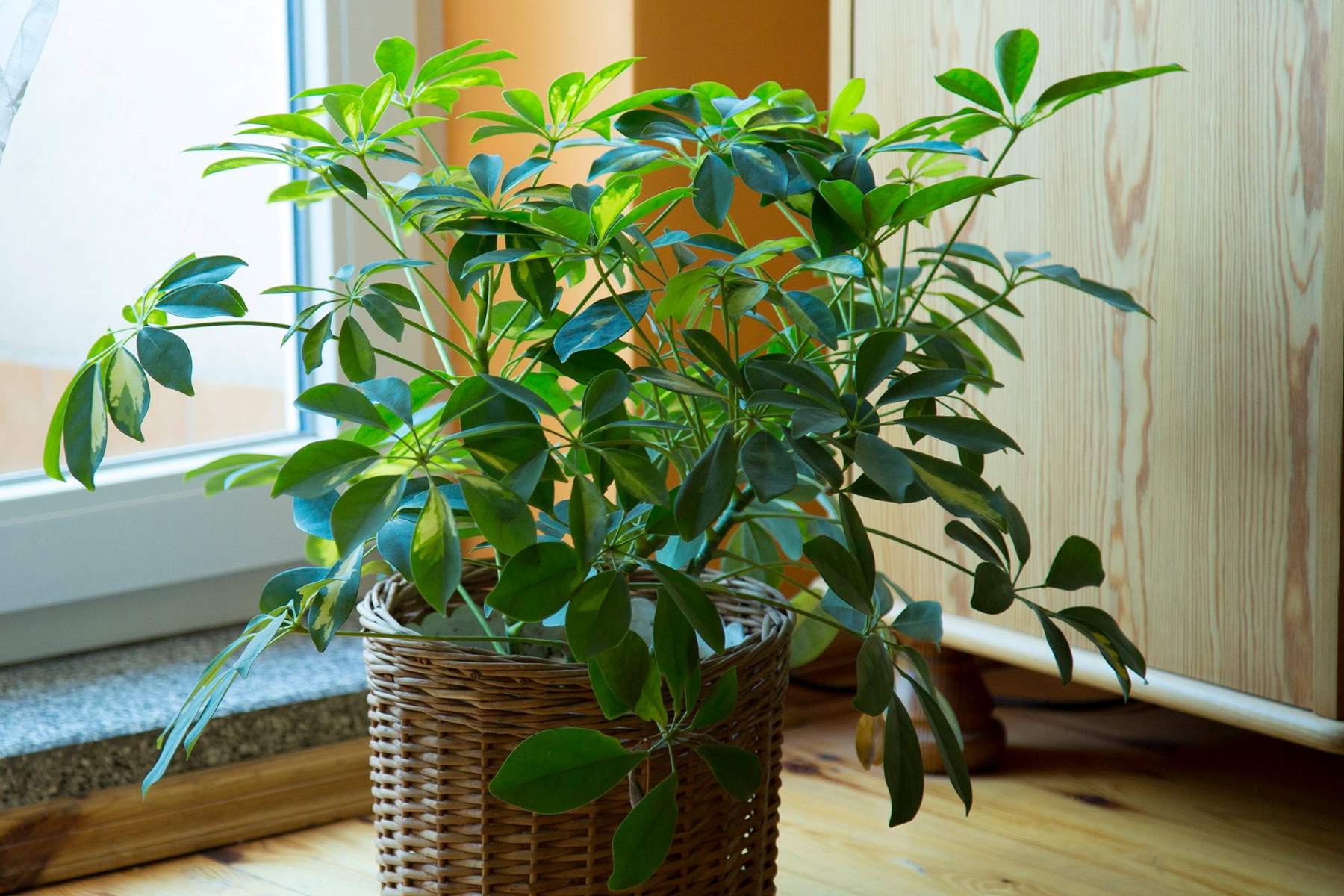

0 thoughts on “Indoor African Violet Care Tips for Colorful Flowering Plants”